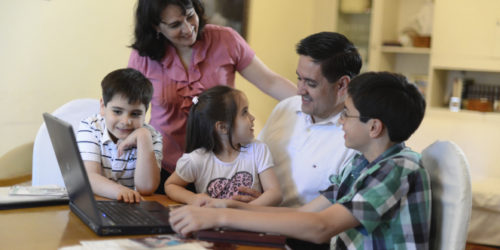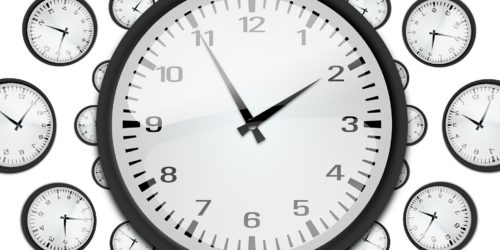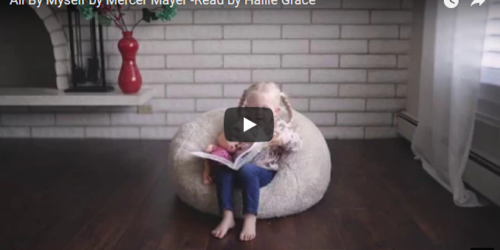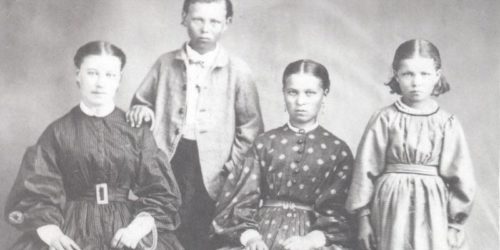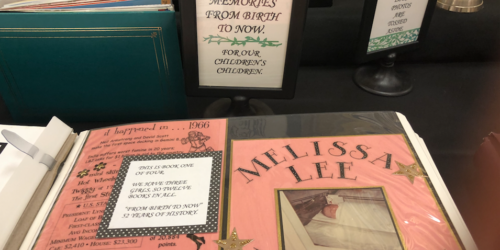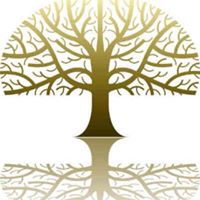Remembering Memories
Editor’s Note: Thanks to Peter Thorne, a missionary at the Family History Library in Salt Lake City and long-time journalist, for sharing this article with us.
Stories are a window into our lives. They are your personal soap opera. They tell us about the why of our lives, our feelings 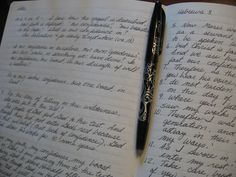 and emotions. Stories provide an opportunity to put some humanity in our family history.
and emotions. Stories provide an opportunity to put some humanity in our family history.
Writing history isn’t always exciting. It’s just a sequence of events from start to finish. History only tells us who, what, where, and when. Writing stories interjects our feelings about some of those events and things that tell us about the person—when they were glad or sad, surprised or not, laughing or angry.
Both family history and family stories are your gift to your posterity. Family history may be formalized in a book, photo album, or computer app as well as family Bibles, pioneer journals, and letters from the past. All are cherished by families: they link us to our ancestry.
Memories
What happens if you ask a friend, family member, or office worker about some past event? That person will immediately start telling a story about the event and the people in it.
Storytelling times are a favorite for all families and friends. When families get together, what do they talk about? Memories of times and people in the past. When taking a break at the office or getting together with friends, what do people talk about? Memories of times and people in the past.
Remembering the memories is the problem with writing stories. All it takes is a phone call, the doorbell, or something cooking in the kitchen and poof—the memories are gone. Most people don’t have photographic memories. If the memories are gone, so is the opportunity to record them … unless you’re lucky enough to remember them again.
Remember the Boy Scout motto, “Be prepared”? That’s the secret to remembering memories. Here are some lo-tech and hi-tech ideas to help you to remember your memories: 3 x 5 cards, a pocket notebook, and a smart phone or digital recorder.
On the low-tech side, it’s easy to carry a pen and 3 x 5 cards, a small pocket notebook, or a calendar. If you find yourself in the middle of a storytelling session and hear a really good story, whip out your pen and card or notebook and jot a memory note about the story. Record just enough so you remember the story later.
On the high-tech side, a smart phone or small tablet can provide an easy way to quickly record a memory note. Some devices allow you to hand-write a note, while others allow you to dictate a note. I happen to use database program called Evernote, on a Samsung Note 4 Android mini-tablet. One Note by Microsoft is a similar app. Either way, recording a memory note takes about 5 to 10 seconds.
allow you to hand-write a note, while others allow you to dictate a note. I happen to use database program called Evernote, on a Samsung Note 4 Android mini-tablet. One Note by Microsoft is a similar app. Either way, recording a memory note takes about 5 to 10 seconds.
Then comes the surprise. The act of recording and writing memories is like looking at photographs—you remember even more memories. It’s amazing how many memories you’ll remember of your childhood, school, falling in love, your family, etc. When written down, these memories tell us about real people and their life experiences. They’re an insight to who they were, who they loved, and what they loved. They’ll make your timeline come to life.
Writing the Story
Writing the story is the next step. Since you already know the story, writing the story should be easy. Well, not quite that easy. It’s like cooking dinner: you know the ingredients, so now all you need is to put them together. Hold on! Perhaps you should look at the recipe to see how to put them together. Even then, neither your meal nor your story may turn out really great the first time around. You need to try and try again until you get a great meal or a great story.
Here are a couple of guidelines for cooking up your stories …

- Whether you hand-write, type, or dictate your story (using speech to text software), your first copy is a draft. Even the most famous writers can’t write a final copy of a story the first time. Just check the front of any book and you’ll see an acknowledgment of the editors. You should try to find a family member or friend who can be your editor. If you can’t find someone, try reading your story out loud as if to an audience. A lot of the awkward spots will become obvious.
- Next, check your sentences for the word “I”. All sentences that begin with that letter need to be rewritten. Consider taking the end of the sentence and putting it at the beginning, for example.
- Next, publish or perish. The computer on your shoulders is the most at-risk computer you own. All those memories in your head need to be published before you perish. You can publish them on FamilySearch, Family Tree, or other genealogy programs. Or, you can post stories on social media, such as Facebook or a family blog. Publishing them in an e-book or paper book also works great.
If you need some motivation, Google and read a poem called “The Dash.” Your posterity would love to know more about your Dash.
Happy story writing!
Elder Peter Thorne, Utah Salt Lake City Mission
===
About Elder Thorne:
“I graduated with a BS degree in business administration Fairleigh Dickinson University in New Jersey. At the time I was also editor-in-chief of the campus newspaper. From there, I went to work for two regional daily newspapers as a reporter. This ended when I became the editor of a weekly newspaper. I found journalism didn’t pay very well, so I went into a period of sales which led to my accounting career. In 1950 I became a certified public accountant in the state of New Jersey.
While my interest in family history began when I joined the LDS Church in 1968, it took a whole new perspective after a car accident on December 15, 2013 which resulted in the death of my wife. I was also in severely injured and went to recover with my older son in Saratoga Springs, Utah. In his great wisdom, he decided I needed to do something and signed me up for RootsTech 2014. That hooked me on family history.
While visiting Salt Lake City for a conference in the fall of 2015, I decided to visit FamilySearch to find out what sort of missionary opportunities were available. I walked out of the Joseph Smith Building with arrangements for a mission the following year. I reported on April 1, 2016 and was assigned to the Family History Library.”
